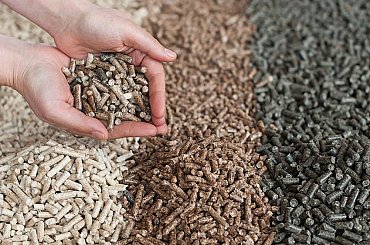Difficult and costly energy transition unless the EU invests in biomass
Biomass is currently the EU’s largest renewable energy source, but climate strategies often focus on other energy sources. A comprehensive analysis, led by Chalmers University of Technology in Sweden, now shows that biomass is crucial for Europe's ability to reach its climate targets, as it can be used to produce fossil-free fuels and chemicals and also enables carbon dioxide removal from the atmosphere. If biomass were excluded from the European energy system, it would cost an extra EUR 169 billion per annum – about the same as the cost of excluding wind power.

You are not logged in
If you want to read more, join the ENERGY-HUB club
LoginTry the monthly membership in the ENERGY-HUB club for free!
Related articles
Analysis: Offshore wind factory plans reveal contrasting positions for European and Chinese OEMs
As two of Europe’s biggest turbine makers, Vestas and Siemens Gamesa, pause plans for new offshore wind factories in Denmark and P…
U.S. and Japan Reach Trade Deal
Trump says Tokyo will face 15% reciprocal tariffs instead of the 25% he had threatened
The EU needs a balanced energy system to ensure security of supply
The EESC’s June plenary saw the adoption of an opinion urging the bloc to diversify and innovate its energy system to ensure stabi…
Network operators call for slowing Germany's grid battery boom
A boom in large-scale battery storage systems is pushing Germany's power grid operators to their limits, with some calling on lawm…
OPEC+ may further accelerate oil output hikes on Saturday
OPEC+ may make an increase in oil output for August at its meeting on Saturday that is larger than the 411,000 barrels per day (bp…
ENERGY-HUB is a modern independent platformsharing news and analytic articles from the energy sector on a daily basis. Within our portfolio we monitor czech, slovak and foreign press releases.



